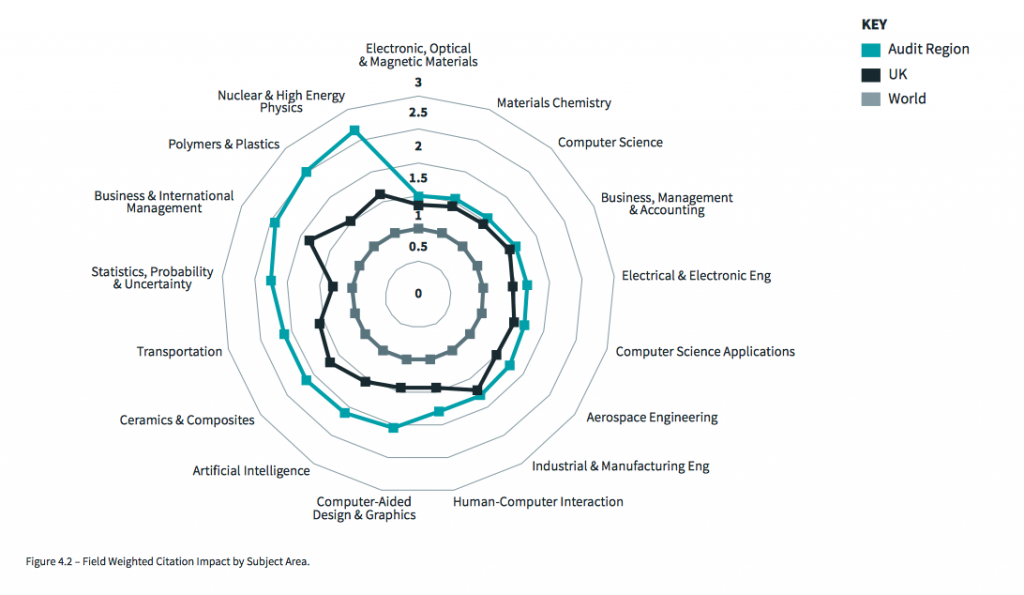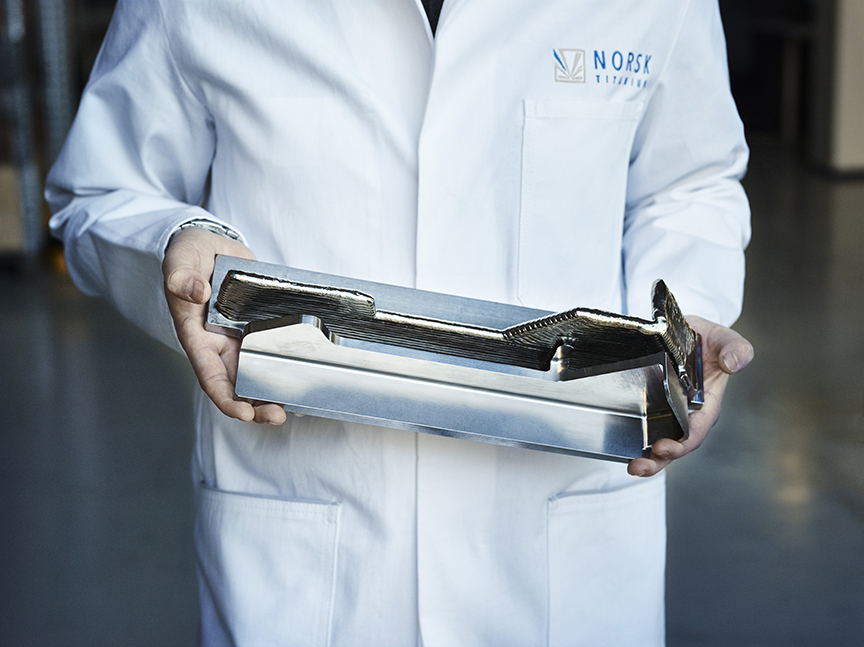CECIMO, the European Association of the Machine Tool Industries, has published an additive manufacturing strategy. The 20 page document makes several recommendation for policies in relation to the 3D printing across Europe.
Referencing the success of advanced manufacturing throughout the continent Filip Geerts, Director General of CECIMO, writes in the strategy’s introduction,
With the rise of additive manufacturing (AM) technologies on the shop floor, industry entered a new round of innovation. If Europe aims to remain a leader in advanced manufacturing production, it will need to succeed in the global race to industrialise additive manufacturing.
Staying in the race for industry 4.0
CECIMO brings together national machine tool associations from 15 countries across Europe: Austria, Belgium, Czech Republic, Denmark, Finland, France, Germany, Italy, The Netherlands, Portugal, Spain, Sweden, Switzerland, Turkey and the UK. Between these nations, the association represents approximately 1,300 industrial businesses, the majority of which are small and medium-sized enterprises (SMEs).
From this position of expertise within manufacturing, CECIMO’s strategy is broken into a total of eight different sections, each of which makes reference to specific ‘Case-in-point’ studies and current efforts across additive manufacturing.
Top-down support for education and skills
Though we have featured many stories about schools launching 3D printer facilities, the CECIMO reports cites a survey conducted in 2016 that found “87% of schools across the world limited students’ access to 3D printing.” Indeed the 3D printing resources available to students at any level is one of the key concerns voiced by professionals in the industry, including Jonathan Schroeder, President of large scale 3D printers 3D Platform, and Professor Maotaz Atallah of University of Birmingham’s AMPLab.

The resolution suggested by CECIMO is to provide support to educational institutions from the top-down. Specific examples include a call to “connect fab-labs across Europe,” and to introduce additive manufacturing related courses at all levels of education.
As previously reported on Industry, there are initiatives in place for adopting such application on an international scale. Barcelona’s Fab City movement has been set up as a means of connecting local economies across the globe, and many universities are starting to offer scholarship incentives for 3D printing related research. On a local level, the UK government has also launched Science and Innovation Audits to identify areas of manufacturing and research expertise, and strategically direct its investments.

Standards, certifications, health, and safety
Part certification and qualification is another key barriers to progress in bringing 3D printed parts to the market. In aerospace it can take an average of 15 years to qualify a new material for use to make parts. It can then take another number of years to get the manufacturing process and parameters cleared for launch.

The report suggests that EU funding represents one “valuable instrument to foster standardisation” in this process, with significant pressure applied to the development of safety regulations and manufacturing specifications. As indicated by additive manufacturing roadmaps around the world, regulation is going to be one of the key areas of focus for 3D printing over the next 5 years plus. The technology has grown fast and now the documentation must catch up.
CECIMO also outlines 5 Immediate Actions in relation to health and safety for additive manufacturing, including “provide common standards on the storage and handling of metal powder for AM production” and “explore whether existing health and safety standards in conventional manufacturing can be also applied to the AM context.”
In addition to the points mentioned in this article the report goes into further depth about recommendations for policy making in relation to Intellectual property rights and patents development, R&D Policy, Access to finance for SMEs and AM companies, ICT and cyber-security and Global Trade. The full document of the CECIMO European Additive Manufacturing Strategy is available online.
Stay up to date with latest additive manufacturing news by subscribing Industry newsletter, following us on Twitter and liking us on Facebook.
Featured image: Graphic from What is Additive Manufacturing? via cecimo.eu

Leave A Comment